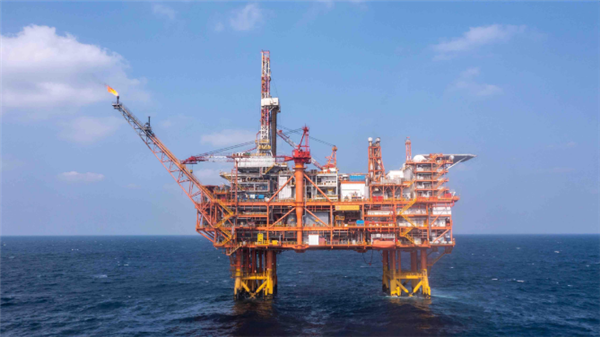CNOOC announced that CNOOC successfully put into operation our country’s first offshore CCUS demonstration project on the Enping 15-1 platform in the Pearl River Estuary Basin, marking our country’s major breakthrough in the field of marine carbon sequestration and utilization technology. This innovative project realizes the integration of carbon dioxide capture, purification, pressurization and injection technology in the whole chain, providing an important demonstration for the low-carbon transformation of our country’s energy industry.
As Asia’s largest offshore crude oil production platform, the Enping 15-1 platform converts oilfield associated carbon dioxide into a supercritical state through CCUS technology and injects it into oil reservoirs 1,200-1,600 meters underground at a rate of 8 tons per hour. This innovative model of “carbon driving oil and sequestering carbon with oil” not only improves crude oil recovery, but also realizes the permanent sequestration of carbon dioxide, creating a new paradigm for marine energy recycling.

In the context of global low-carbon energy transformation, CCUS technology has become a key path for the clean utilization of fossil energy. Among the 65 commercial CCUS projects in the world, offshore projects are extremely scarce. CNOOC regards CCUS technology research and development as the core measure of energy conservation and carbon reduction in the 14th Five-Year Plan, and after four years of technical research, it has successfully broken through key technical bottlenecks such as geological reservoirs and drilling and completion, forming more than 10 domestic pioneering technologies.
In particular, since the Enping 15-1 Oilfield CCS Demonstration Project was put into operation in June 2023, it has accumulated nearly 200,000 tons of carbon dioxide sequestration, providing a practical carbon reduction solution for the Guangdong-Hong Kong-Macao Greater Bay Area. On this basis, CNOOC launched the CCUS project at the end of 2023, combining onshore oilfield experience with offshore reality, and innovatively selecting four high-quality reservoirs 2.4 kilometers away from the platform as injection targets, which can cover more than 7.5 million tons of low-permeability reserves in a single well, significantly improving the development efficiency of low-grade resources.
The successful implementation of this project not only verifies the feasibility of offshore CCUS technology, but also provides important technical support for our country to achieve the “double carbon” goal. In the future, CNOOC will continue to deepen the research and development of CCUS technology and promote the transformation of offshore oil and gas development in a green and low-carbon direction.

